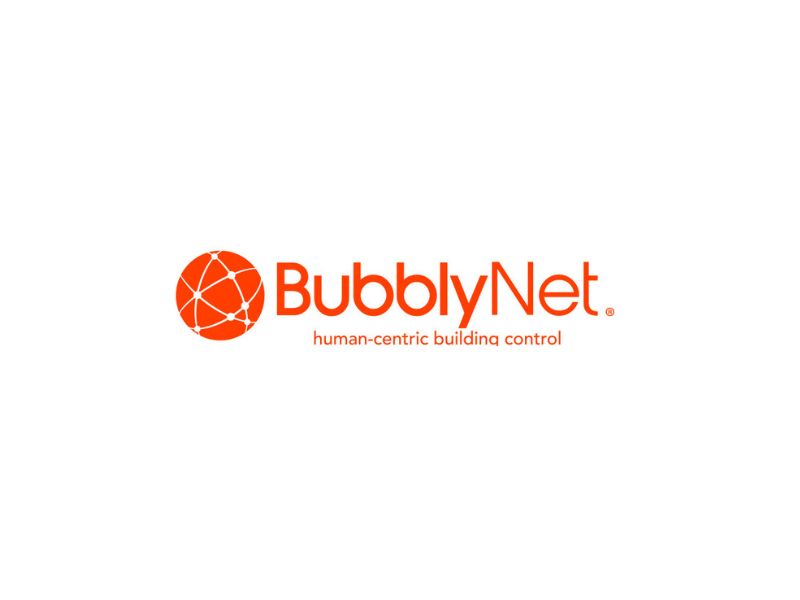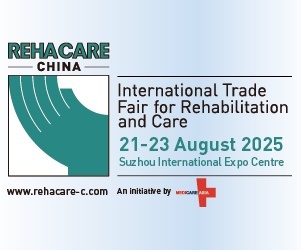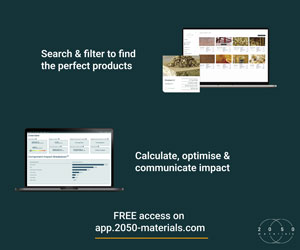BubblyNet, a leader in smart building automation, has officially announced the launch of its innovative IoT and edge-powered AI technology, which is designed to change the tune on how indoor environments manage heat and energy consumption.
To understand the significance of such a development, we must take into account that the summer of 2025 has seen temperatures rise upwards of 110°F even before the peak season. Now, even though smart building market is expected to reach $130 billion by 2030, many commercial and residential HVAC systems remain outdated, with little to no optimization for extreme weather conditions.
As a result, a far-reaching assortment of HVAC systems are overworked, suffering from accelerated wear and tear, as well as burdened by unexpected maintenance costs, and shorter system lifespans.
In case the situation wasn’t bad enough, high outdoor temperatures are also restricting fresh air intake in most traditional ventilation systems, increasing CO₂ levels indoors. Among the most vulnerable populations are children and the elderly, who face heightened risks of heatstroke and respiratory issues.
Against this conundrum, smart ventilation systems have presented themselves as a possible way out. This happens to be the case due to their ability of dynamically embracing changing conditions and maintaining occupant health.
Unlike fixed systems, these systems arrive on the scene bearing an ability to actively monitor and enhance indoor air quality (IAQ), offering a proactive approach towards creating safer indoor environments.
In that respect, BubblyNet’s AI HVAC solution, delivers at your disposal, real-time climate control which is reliable, green, and cost-effective. The technology can also integrate seamlessly into existing systems, while simultaneously enjoying the means to optimize energy usage and enhance occupant comfort.
“Extreme heat doesn’t just skyrocket energy bills; it jeopardizes health, accelerates equipment wear, and amplifies carbon emissions,” said Fabio Zaniboni, Founder and Chief Vision Officer of BubblyNet. “Our solutions ensure HVAC systems work smarter, not harder, while contributing to a more sustainable future. “Indoor air quality isn’t just an operational metric; it’s a critical health priority during extreme summer conditions. Our smart ventilation systems go beyond simply circulating air. They actively improve IAQ, making buildings safer and healthier for everyone.”
Talk about the whole value proposition on a slightly deeper level, we begin from the promise of occupancy-based controls and remote scheduling. This translates to how users can dynamically adjust cooling based on real-world building usage, and therefore, shrink unnecessary energy consumption.
Next up, we have a smart locks integration coming into play. The stated integration can come in handy to automatically trigger temperature changes as guests or employees arrive and leave, making it ideal for hospitality and hybrid workplace needs.
Another detail worth a mention is rooted in the availability of wireless sensors for low-impact retrofits. These sensors basically empower you to fine-tune cooling and ventilation without the need for invasive infrastructure overhauls.
Hold on, we still have a couple of bits left to unpack, considering we haven’t yet touched upon the technology’s daylight sensors and motorized shades that can come in handy to reduce solar heat gain naturally and stay cooler for longer.
Rounding up highlights would be a lineup of AI-driven recommendations that are reached upon after analyzing building thermal patterns. The stated recommendations can be related to deeper set-back temperatures or unoccupied zone optimizations to achieve even greater efficiency.
“Our technology enables appreciable operational efficiencies, contributing to cost savings and a lower environmental footprint,” said Zaniboni. “We are not just adding intelligence; we are doing so with the least possible material use, minimizing the depletion of natural resources. Ultimately, IoT offers an efficient, scalable, and forward-thinking approach to reducing energy use and emissions. It delivers real-time optimization and integrates across systems—all while future-proofing your building through ongoing improvements.”













